When I was last at the Salmon Hole, back in early December, it seemed like a very dead, dreary area. There was not much sign of life as almost all of the leaves had fallen off and any leaves still on the trees were dried and brown. There was no ice on the river yet, the temperatures were fairly cold but nothing in comparison to what the area has experienced recently. There wasn’t any snow on the ground either so tracks were hard to find unless there was some soft mud but this was rare as the temperatures were below freezing and this made the mud hard and small animals like raccoons and foxes did not leave tracks. Now in late January the Salmon Hole has frozen over and there’s a couple inches of snow all over the area! There are sections of open water where there is higher current but anywhere there is still water it has frozen over with at least 6 inches of ice and me and my friends had fun exploring the middle of the Salmon hole as we were able the walk right across it! There still isn’t a ton of sign of wildlife, there is lots of human activity down by the water but I was unable to find any wildlife sign as the snow was very hard and packed by humans and domestic animals as well as how much ice is all over the area, as seen in the first two photos. The reason for all of this ice is because as the water rises the ice forms in the new areas but when the water drops back to normal levels the ice breaks up but remains in place. As I went away from the water I found sign everywhere. The snow was hard and finding tracks that were in good enough condition to identify was difficult but I did find a few species. It was also a challenge with all of the human and domestic animal traffic to find wild animal tracks. I found sign of domestic dogs and cats, along with deer, red fox, raccoon, and opossum. I was surprised to see so many fox and raccoon tracks as it appears to have no benefit for the animals. The water is now ice and the food for these animals has pretty much disappeared. Raccoons also tend to den up and conserve energy during the cold weather so I was surprised to see that it warmed up enough for a long enough time for them to come out and move. The trees have all lost their leaves now and identifying them is much harder. My friend Alex and I worked together to find some species that we knew we could ID through buds. We found Northern Red Oak, Paper Birch, Basswood and Boxelder. There are many shrubs and small woody plants along with these trees.
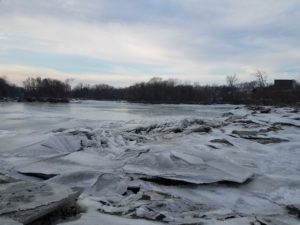
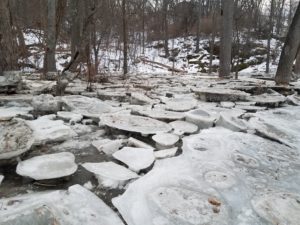
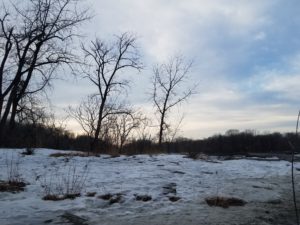
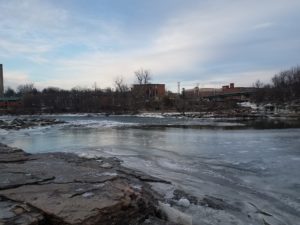
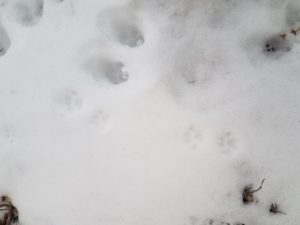
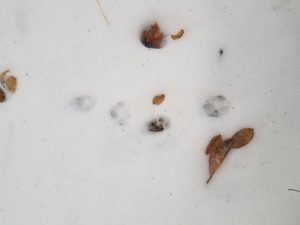

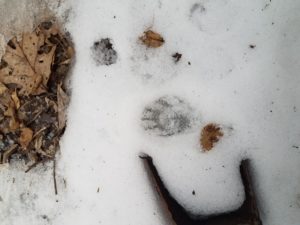
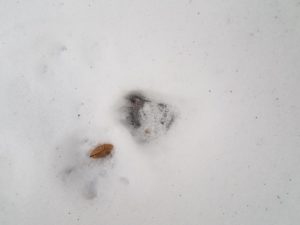
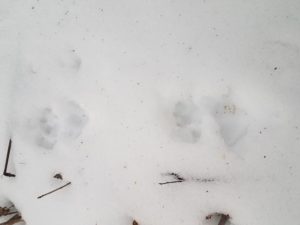
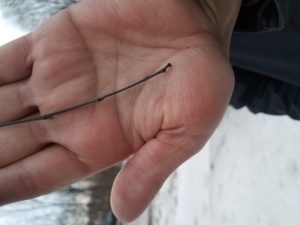
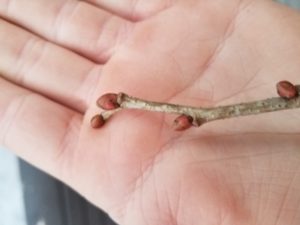
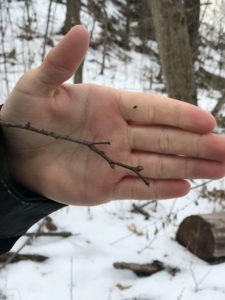
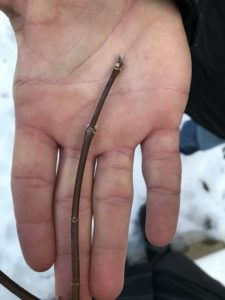
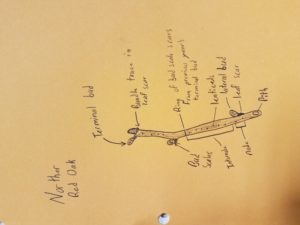


Recent Comments